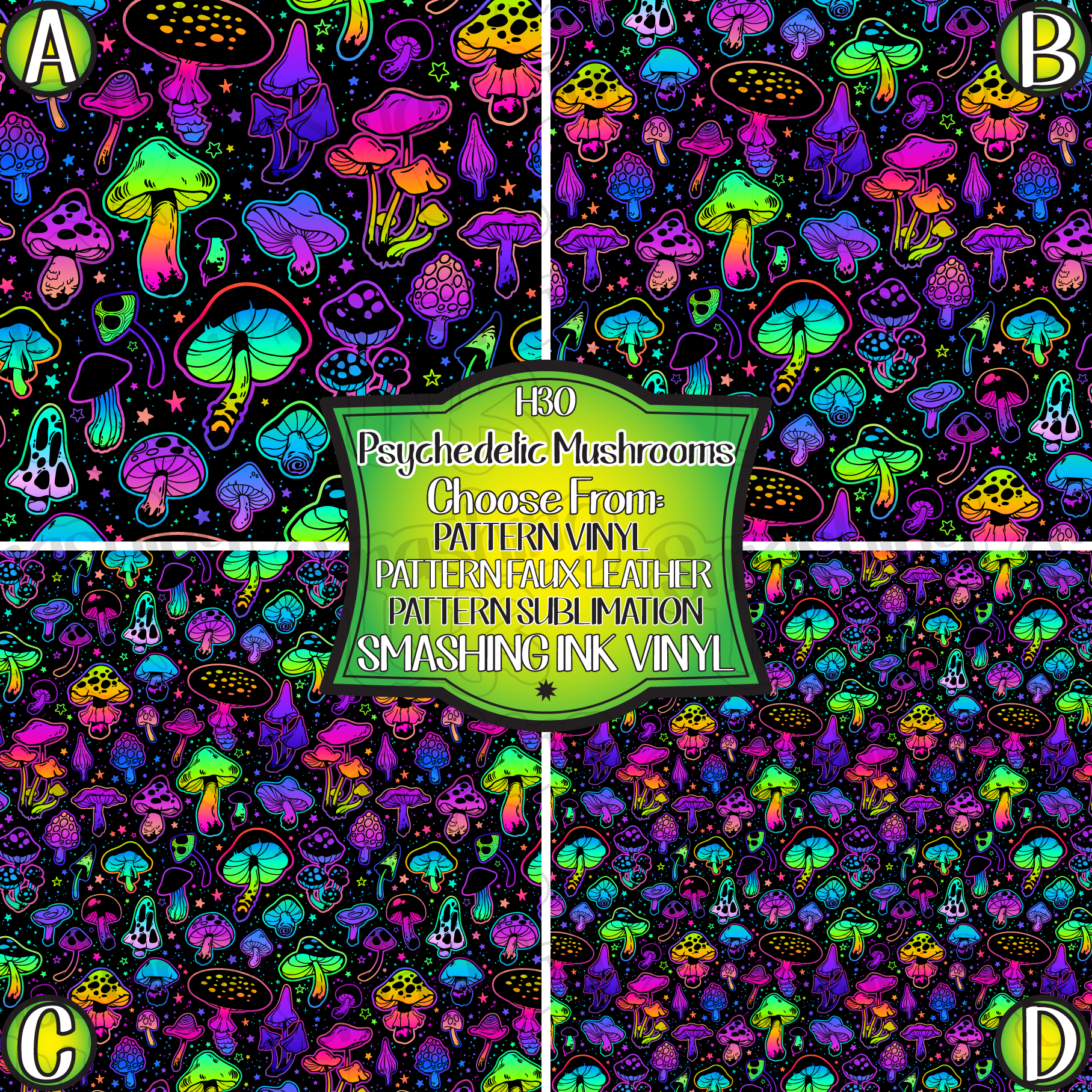Everything About Psychotomimetic Compounds: Their Role in Psychological Research Study
Psychotomimetic substances, such as LSD and psilocybin, have actually amassed enhancing rate of interest in emotional research for their ability to duplicate psychotic signs and give understanding right into different psychological wellness conditions. Their communications within the mind, specifically via serotonin and dopamine paths, suggest a complex connection in between consciousness and neurobiology that may unlock unique restorative avenues. As scientists remain to investigate their possible applications, moral factors to consider bordering their usage in clinical settings come to be extremely important, raising critical concerns about security and informed permission that warrant additional exploration.
Definition of Psychotomimetic Compounds
In the realm of psychological research, psychotomimetic substances are substances that can induce results looking like those of psychosis, such as hallucinations, delusions, and altered perceptions of truth - About Golden Psycho. These substances can be categorized into various classifications, consisting of hallucinogens, dissociatives, and specific energizers, each creating unique psychological effects
The pharmacological activity of psychotomimetic compounds typically entails modulation of neurotransmitter systems, specifically those relevant to serotonin, dopamine, and glutamate. As an example, substances like lysergic acid diethylamide (LSD) mainly act upon serotonin receptors, leading to profound alterations in sensory assumption and cognition.
The utility of psychotomimetics in research study lies in their capability to simulate psychotic symptoms, giving a design for comprehending the underlying mechanisms of psychotic problems such as schizophrenia. By researching the impacts of these substances, scientists can acquire understandings into the neurobiological and emotional procedures that contribute to psychosis.
In addition, psychotomimetic substances have been explored for their healing potential in treating numerous mental health and wellness problems, including depression and anxiousness, highlighting their double function in both study and prospective professional applications.
Historical Growth and Context
The expedition of psychotomimetic substances has a rich historic context that dates back to old people, where compounds such as psilocybin mushrooms and peyote were made use of in spiritual and recovery methods. These very early uses often linked with spiritual routines, recommending a profound reverence for the modified states of awareness generated by these compounds.
The mid-20th century marked a considerable switching factor in the research study of psychotomimetic substances, particularly with the synthesis of LSD by Albert Hofmann in 1938. The succeeding popularization of LSD in the 1960s catalyzed a wave of passion in both its emotional effects and potential restorative applications. Researchers started to investigate exactly how these materials can imitate psychotic states, providing understandings into mental disease.
However, the boosting association of psychotomimetics with counterculture activities led to regulatory reaction, culminating in the criminalization of most of these compounds. Regardless of these difficulties, the renewal of passion in the healing possibility of psychedelics in the 21st century has actually motivated renewed research. This historical trajectory underscores the advancing understanding of psychotomimetic compounds, transforming from sacred substances to subjects of scientific inquiry and, possibly, restorative assurance.
Systems of Activity
Comprehending the mechanisms of action of psychotomimetic substances exposes the detailed means these materials communicate with the mind's neurochemistry. These substances largely exert their effects with inflection of natural chemical systems, especially serotonin, dopamine, and glutamate. For instance, many timeless psychedelics, such as psilocybin and LSD, largely work as agonists at serotonin 5-HT2A receptors, leading to modified understanding and cognition. This interaction not only affects sensory handling but also enhances psychological and reflective experiences.
Along with serotonin, dopaminergic paths are considerably affected by substances like mescaline and certain cannabinoids, which can lead to transformed states of awareness and adjustments in mood and motivation. The NMDA receptor antagonism observed with materials like ketamine highlights another pathway through which psychotomimetics may cause dissociative states and profound changes in assumed procedures.
The neurochemical cascades initiated by these communications result in complex and diverse emotional results. Recognizing these mechanisms is critical for both the advancement of emotional research study and the healing potential of psychotomimetic compounds, as they offer insights right into the underlying neural correlates of transformed states of awareness.
Current Research Study and Applications
Recent investigations right into psychotomimetic substances have actually disclosed a rebirth of rate of interest in their healing applications, specifically in the fields imp source of psychiatry and psychology. Researchers have started discovering compounds such as psilocybin, LSD, and ayahuasca for their potential to minimize signs and symptoms connected with various site link psychological wellness disorders, consisting of depression, anxiety, and PTSD.
Clinical tests have shown that, when carried out in controlled settings, these compounds can help with profound mental experiences, advertising emotional breakthroughs and enhanced healing end results. Researches have shown that psilocybin-assisted treatment can lead to considerable decreases in treatment-resistant anxiety, with effects lasting for numerous months post-treatment.
Additionally, psychotomimetic substances are being evaluated for their capacity to promote neuroplasticity, possibly permitting even more effective rewiring of maladaptive thought patterns. These searchings for suggest that such compounds might function as adjuncts to standard psychotherapeutic methods, improving the efficiency of restorative treatments.
As research proceeds, the emphasis is shifting in the direction of understanding the ideal dosages, therapeutic settings, and individual features that can make best use of the advantages of these compounds. This blossoming field holds promise for transforming mental health and wellness treatment standards and attending to the limitations of traditional psychiatric drugs.
Honest Considerations in Research Study

Navigating the moral landscape of research study involving psychotomimetic substances is vital to making sure individual safety and the honesty of research study results. Researchers should focus on educated authorization, ensuring that participants totally comprehend the possible dangers and benefits connected with the materials being studied. This includes providing detailed details concerning possible emotional impacts, including acute and long-term influences, and allowing participants the opportunity to take out from the research study at any moment scot-free.
Moreover, moral oversight by institutional evaluation boards (IRBs) is essential. IRBs assess study methods to safeguard participant welfare and copyright moral standards. This analysis helps minimize risks and makes certain that researches are carried out with clinical roughness. Furthermore, the potential for coercion have to be very carefully analyzed, particularly when at risk populaces are involved.
Privacy is an additional vital consideration. Scientists need to apply durable procedures to safeguard participants' identities and data, especially given the sensitive nature of experiences associated with psychotomimetic straight from the source substances (About Golden Psycho). Ultimately, a commitment to ethical practices not only cultivates trust in between scientists and participants yet likewise enhances the trustworthiness and credibility of the research study results, adding to the improvement of emotional expertise

Final Thought
To conclude, psychotomimetic compounds, particularly timeless psychedelics such as LSD and psilocybin, deal significant understandings right into mental problems with their special systems of activity. Their therapeutic capacity in addressing conditions like anxiousness and PTSD emphasizes the value of continued research in this area. Making sure ethical criteria in research study practices is critical for participant security and educated authorization, permitting for an accountable exploration of these compounds' advantages and implications within psychological scientific research.